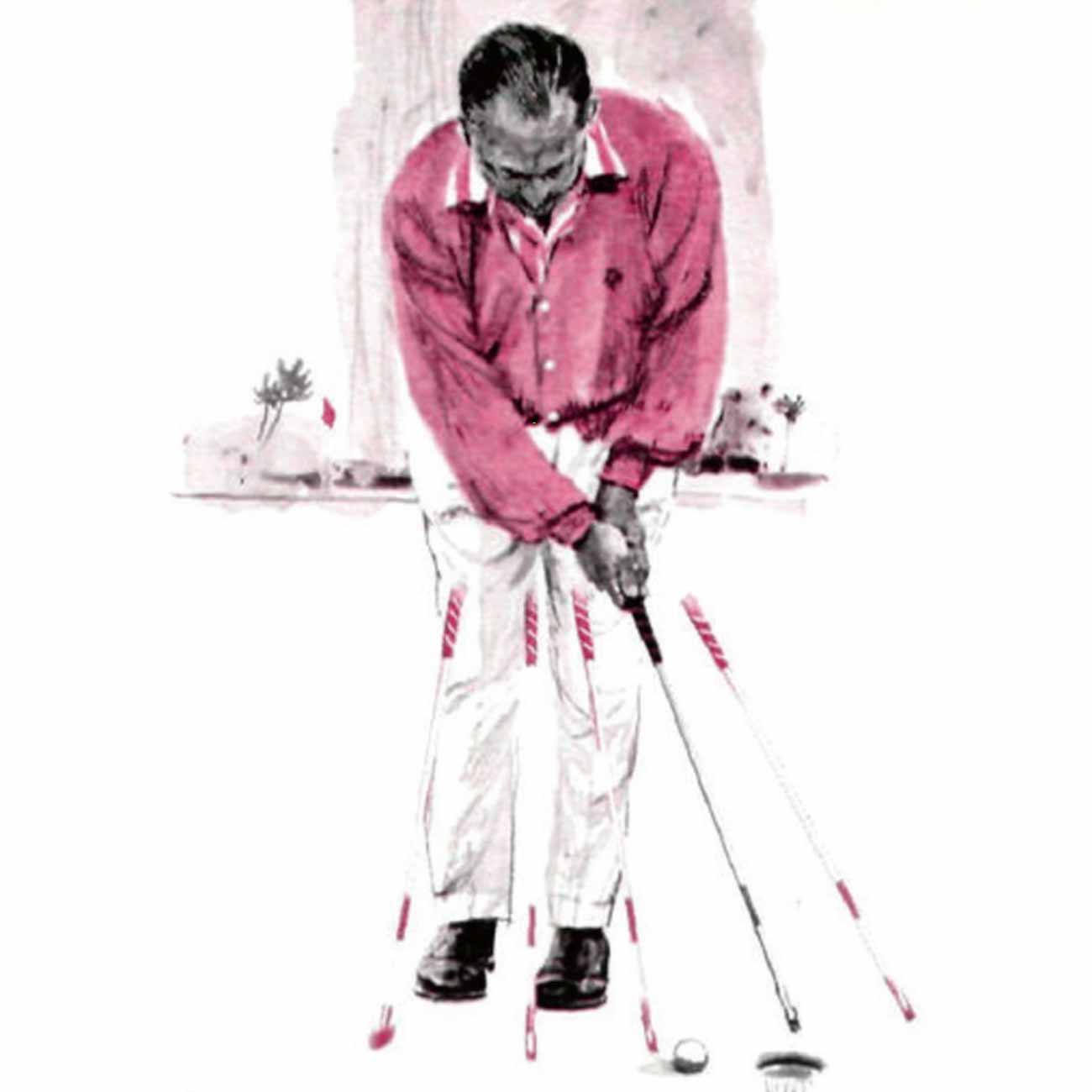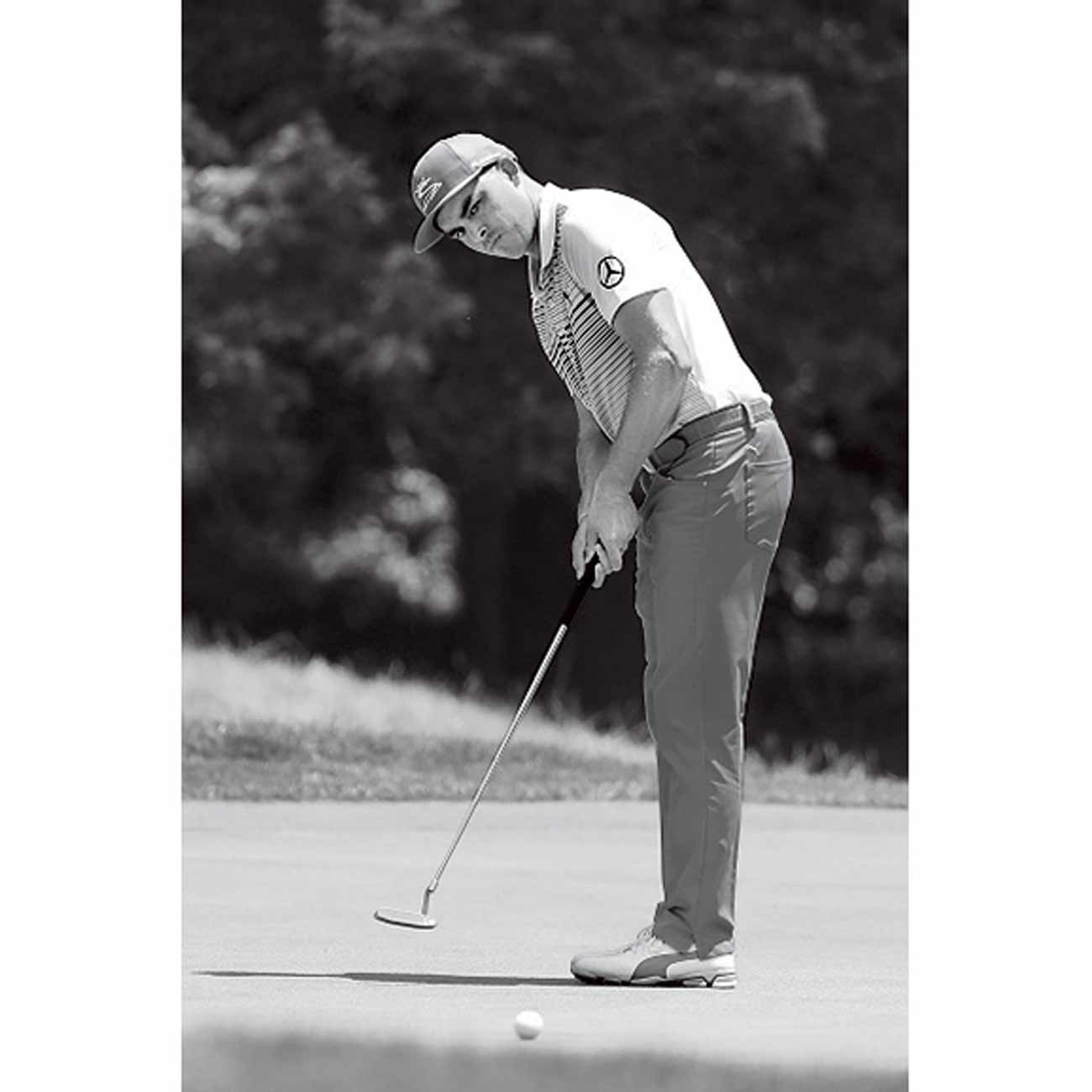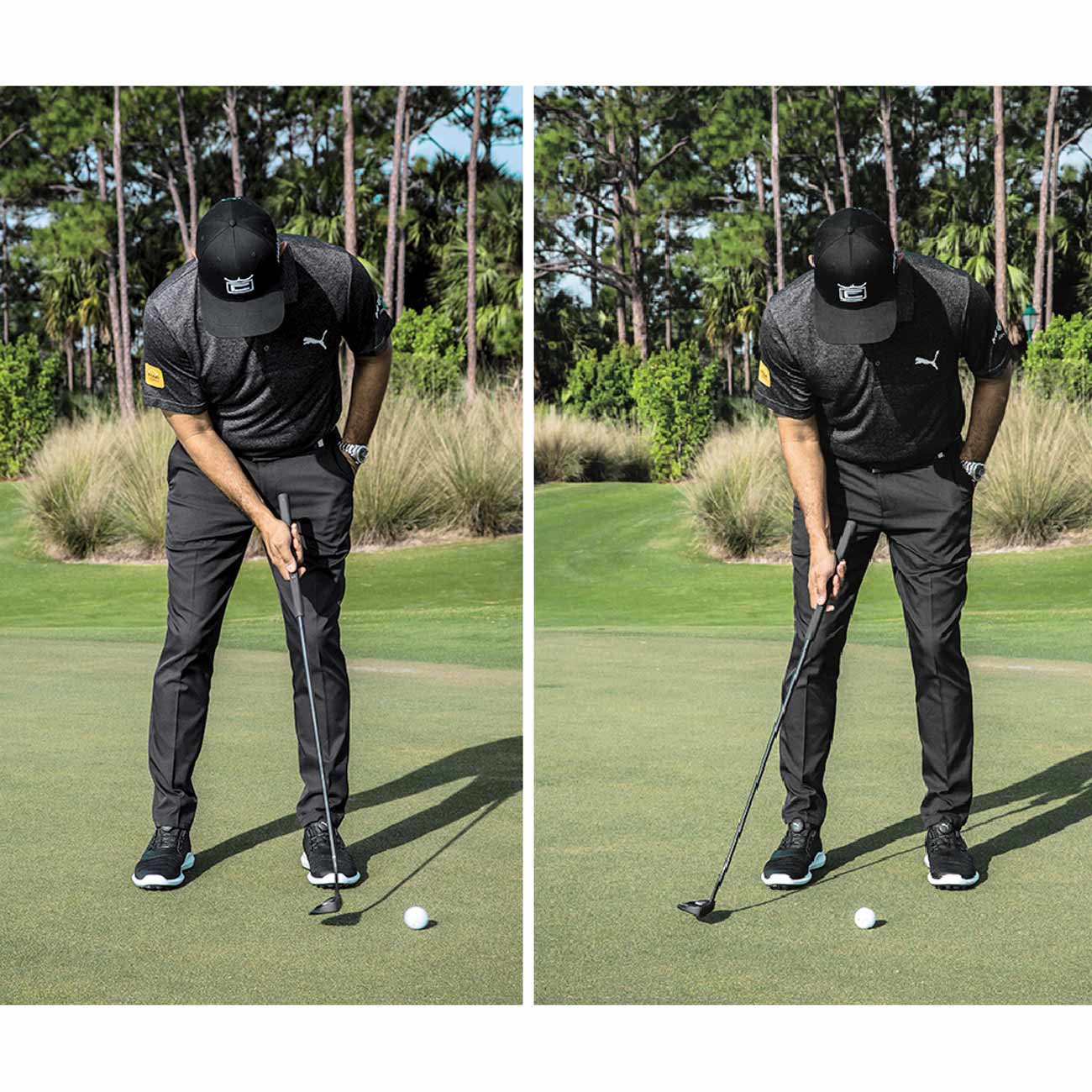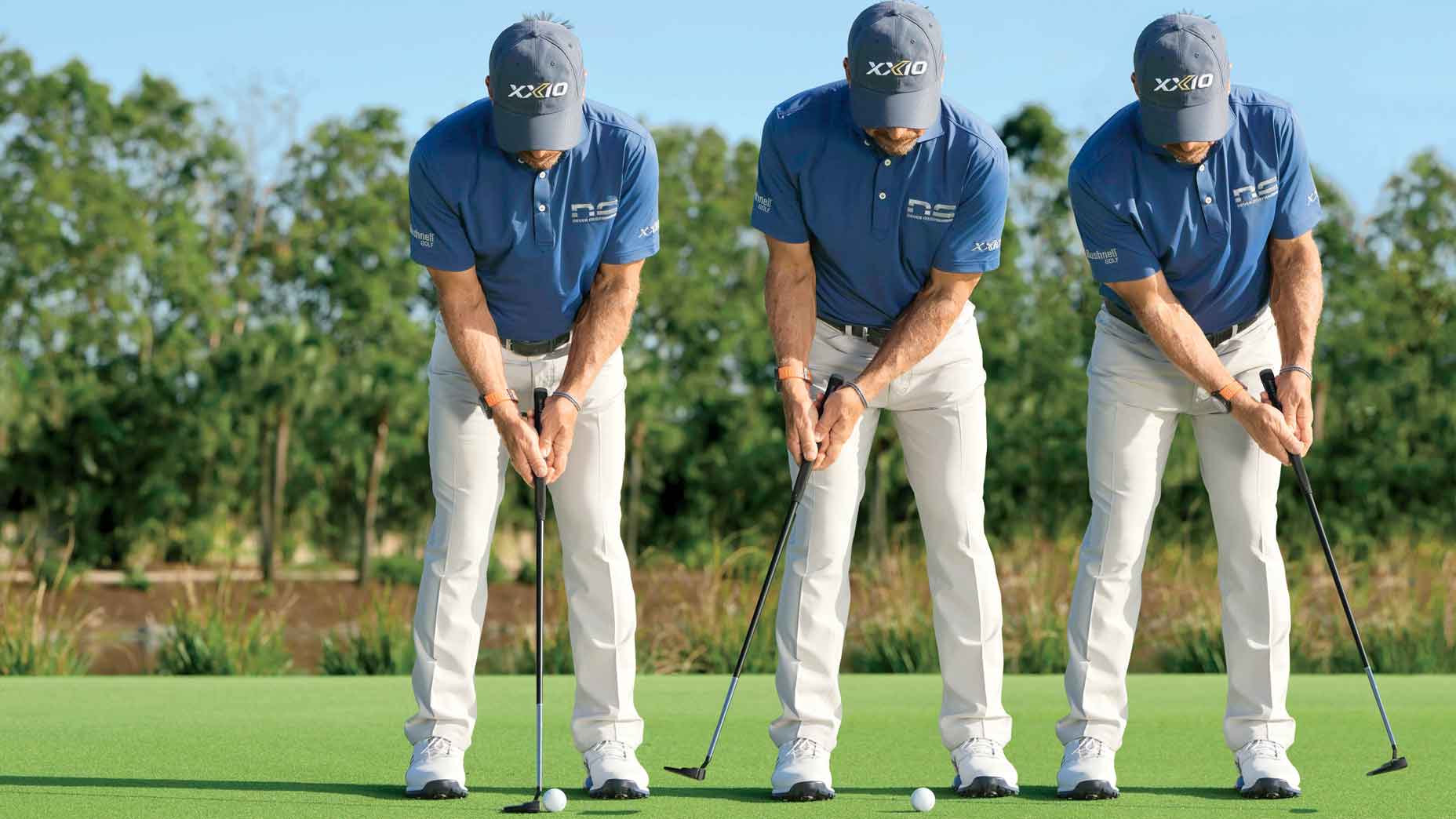In April of 1964, renowned club pro Claude Harmon appeared on the cover of Sports Illustrated, accompanied by the plea: “Let me help your game.” Two generations later, Harmon’s grandson (and, yes, he’s the son of Butch), Claude Harmon III, is extending a similar helping hand—and many of the same fundamentals.
Here’s CH III’s take on how instruction has changed over the past half-century—and how it hasn’t. More importantly, here’s how timeless basics can quickly save your swing.
This is Part Four of a four-part series. You can see the complete series here.
BY CLAUDE HARMON III, WITH DYLAN DETHIER:
My grandfather was a golf instructor, as was my father. My three uncles — Dick, Craig and Bill — also taught at a very high level. I’m turning 50 this month, and to look back at something my grandfather did more than 50 years ago just gives you all kinds of crazy perspective. Not only was my grandfather a great teacher, he won the Masters (in 1948) — as a club professional! That’ll never happen again. So I welcome any comparisons to him and to my family.
I’m proud of my Harmon heritage, but I’ve worked hard with some of the best golfers in the world to leave my own footprint on the game. Though you’ll never catch me in a shirt quite like the one he wore on the SI cover, it’s really cool to see how my grandfather’s teachings have stood the test of time. Here’s how one lesson from my grandfather 55 years ago helps Rickie Fowler — and can help you.
1964, SI: “As far as the movement of the clubhead goes, putting is the same basic stroke as the drive.”

MY GRANDFATHER’S TAKE: My grandfather always called putting an “individual activity,” but one thing was universal: Golfers must let the putterhead release. Most didn’t release it back then, however, and most still don’t now; they’re afraid to. As they take the putter back, they’re trying to stay so controlled that they get stiff and locked — and end up loading nothing. That just leads to blocks.
MY PERSPECTIVE: If you look at most great putters, there’s a lot of loading and unloading, just as there is in the full swing. In the SI image above, notice how far my grandfather’s putterhead travels compared to his hands! With poor putters, the hands often go back a long way without really loading anything. In good putting strokes, the hands don’t travel very far at all.

SEEN ON TOUR: HOW RICKIE DOES IT
Sure, there are a lot of differences now. My grandfather putted on much slower greens, so there was an extra emphasis on release. But Rickie Fowler is one of the best putters on the planet, and he still putts very much the same way. His hands don’t travel very far. That’s basically what my grandfather taught.
Ben Crenshaw told me something valuable years ago: You need to putt with the putterhead, not the grip. Most people, in my opinion, putt too much with the grip. Take a look at Rickie. He putts with a very narrow stance and really lets the head of the putter swing, which translates to a lot of release in his stroke.
A lot of people are very stiff-armed and stiff-wristed when they putt, usually because they’re afraid to manipulate anything. This drill is something that my dad used to have Tiger do to combat that. First, put your left thumb on top of the grip and hook it. Then pull the top of the grip forward, helping swing the club back. That’s the sort of load you want to feel, and it will let your putterhead fire through impact.


To get that same feeling when you’re warming up, try putting one-handed. That’s why Tiger still often practices his putting one-handed — and why he, too, always talks about release.







